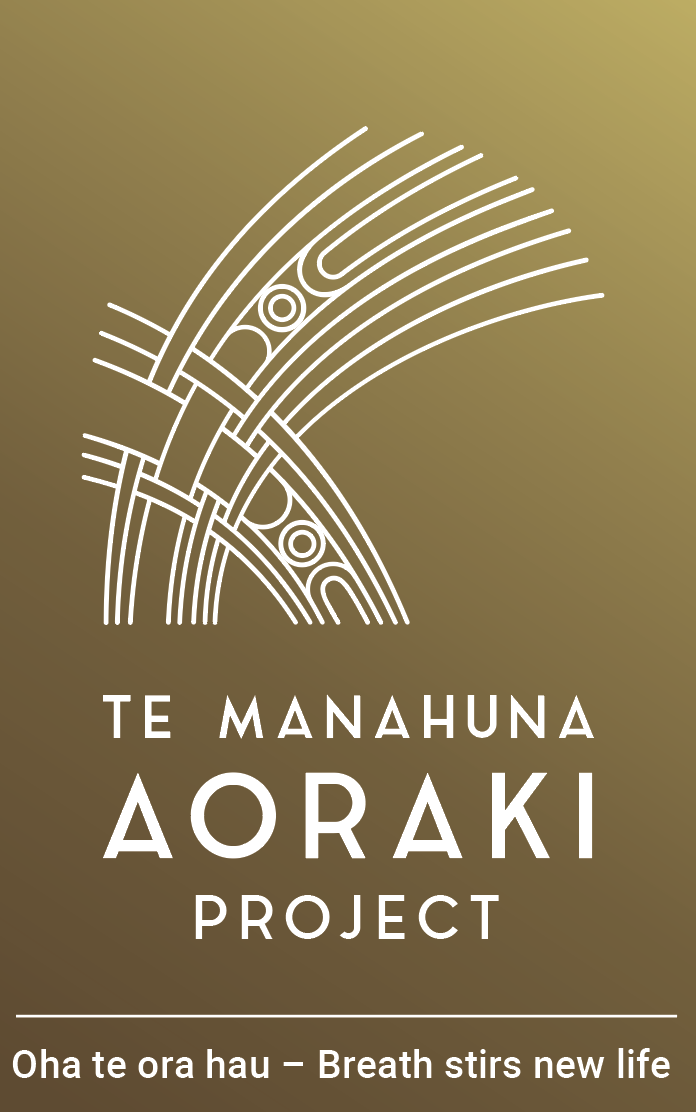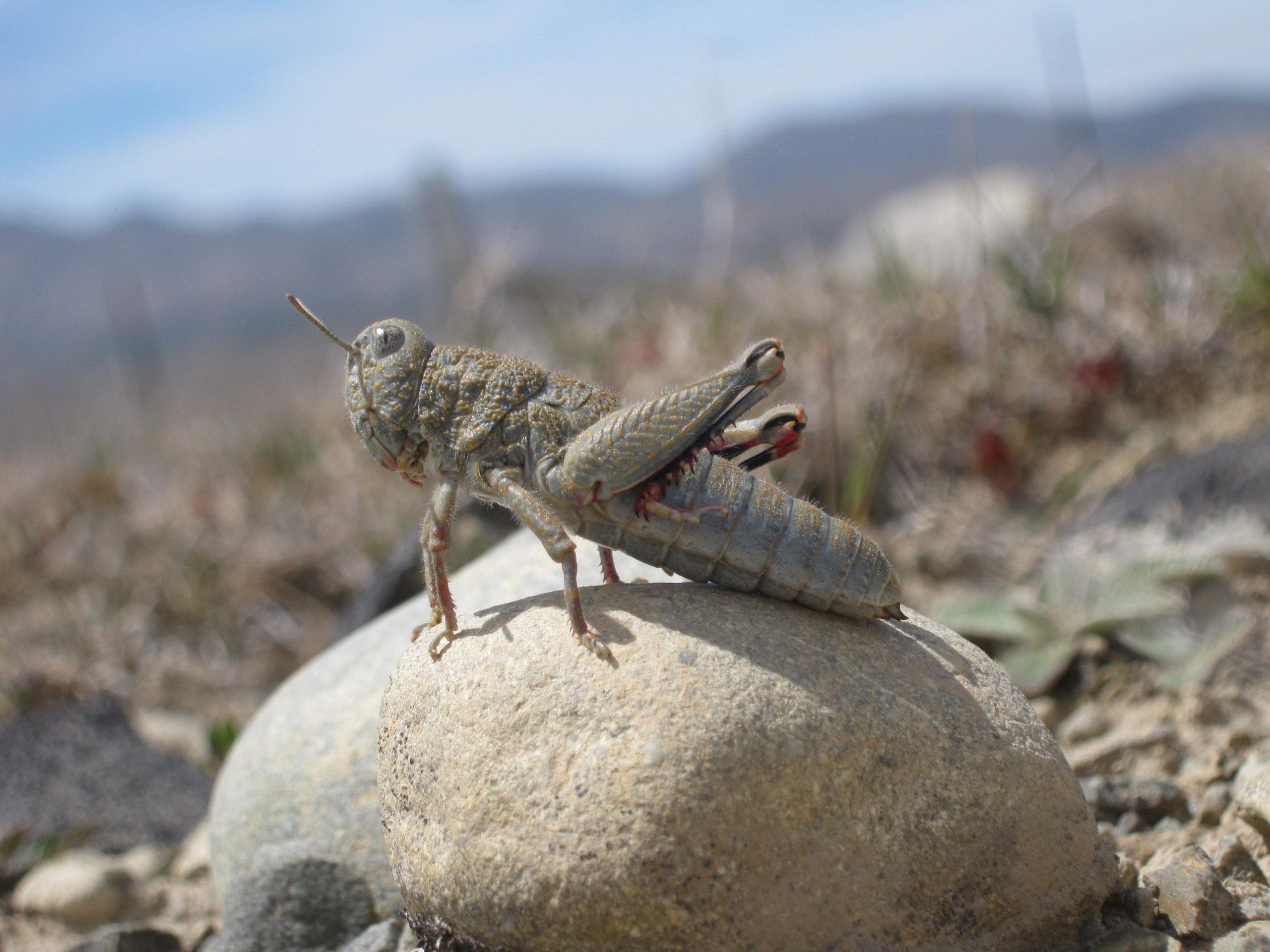Robust grasshoppers (Brachaspis robustus) are normally only found in the open gravel riverbeds of the Mackenzie Basin. However, one of the largest known populations is found on a 3.5km long unused gravel road built during the construction of the Tekapo canal in the 1970s. It’s not know if the population extended naturally from the nearby river or if it established as a result of being moved during the canal construction.
Te Manahuna Aoraki funded the construction of a 6,000 sq m predator exclusion fenced area, in a site where the grasshopper has already been studied, in November 2018. The 1.2m capped fence was designed with help from Zero Invasive Predators (ZIP).
It is thought mammalian predators including mice, rats, stoats, ferrets, hedgehogs and feral cats are a key cause of decline in the robust grasshopper population. Trapping was undertaken within the enclosure and monitoring with tracking tunnels, trail cameras, thermal imaging and night vision was used to confirm it was predator free.
Te Manahuna Aoraki is working with Dr Tara Murray and University of Canterbury MSc student Liam McIver to monitor the grasshoppers. Liam’s thesis will look at whether excluding predators results in a population increase compared to unprotected grasshopper populations outside the fence. The trial will also look at how the ZIP fence performs with the wind and snow loading during a Mackenzie Basin winter.
During monitoring between November and March robust grasshoppers were captured, their gender determined, and they were measured. They were also marked with unique ID numbers to help estimate the population size and analyse distribution and movement patterns both inside and outside the fenced area.
Dr Murray says in the first year there were no breaches of the predator proof fence. A second season of grasshopper monitoring will begin again in November 2019 and we hope we will start to see grasshopper numbers increase within the fence. As the grasshoppers have a two-year life span, she says at least four seasons of monitoring will be required to determine with certainty if the protection provided by the predator fence results in a true B. robustus population increase.

A truly unique species
With its prehistoric look, the nationally endangered robust grasshopper (Brachaspis robustus) is one of the “rock stars” of Te Manahuna Aoraki.
 The open gravel areas of braided rivers and terraces in the Mackenzie Basin is the only place robust grasshoppers are found. They look like short, squat, grey tanks and their grey, orange and black colouring make them hard to spot as they blend in with the gravel surroundings.
The open gravel areas of braided rivers and terraces in the Mackenzie Basin is the only place robust grasshoppers are found. They look like short, squat, grey tanks and their grey, orange and black colouring make them hard to spot as they blend in with the gravel surroundings.
While robust grasshoppers do jump, they aren’t very good at landing, sometimes doing a belly flop. Adult females are almost twice the size of a male and they freeze as a first defence, so are vulnerable to predators like mice, rats, stoats, ferrets, hedgehogs and feral cats.
The lifespan of B. robustus is approximately two years. Eggs are laid in summer and overwinter, often surviving temperatures well below 0 C, before hatching into nymphs the following summer. The nymphs overwinter to reach maturity the next summer and lay their own eggs.

